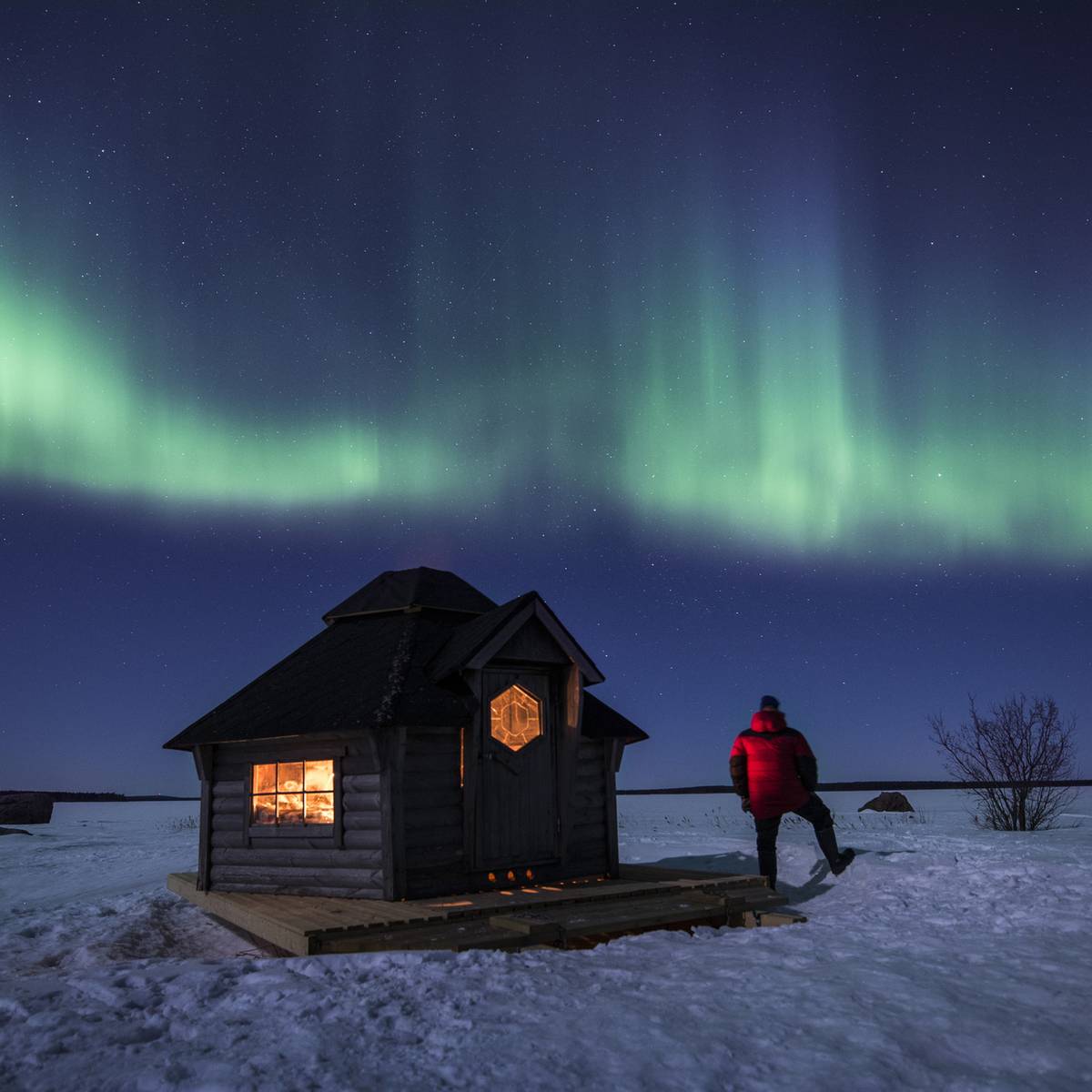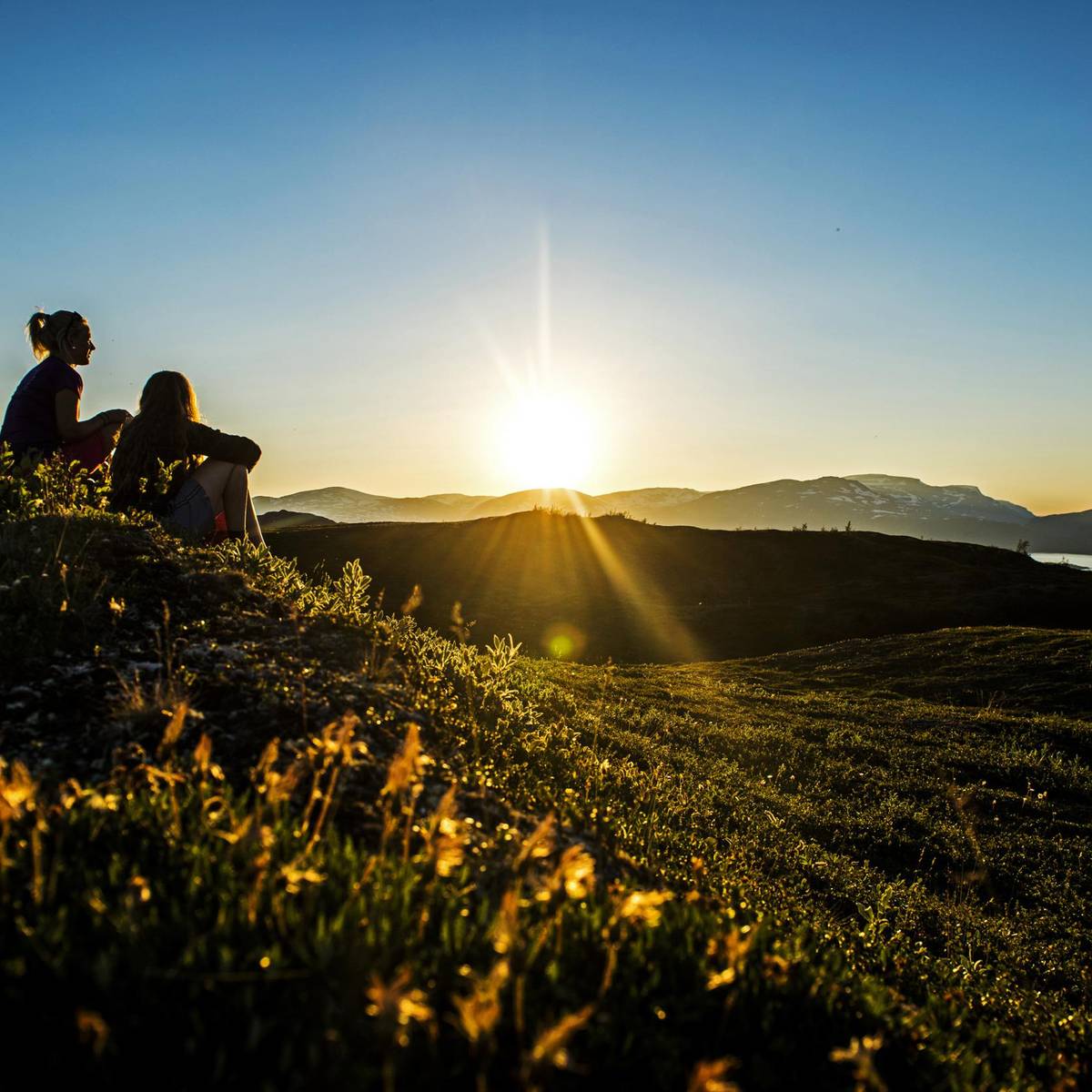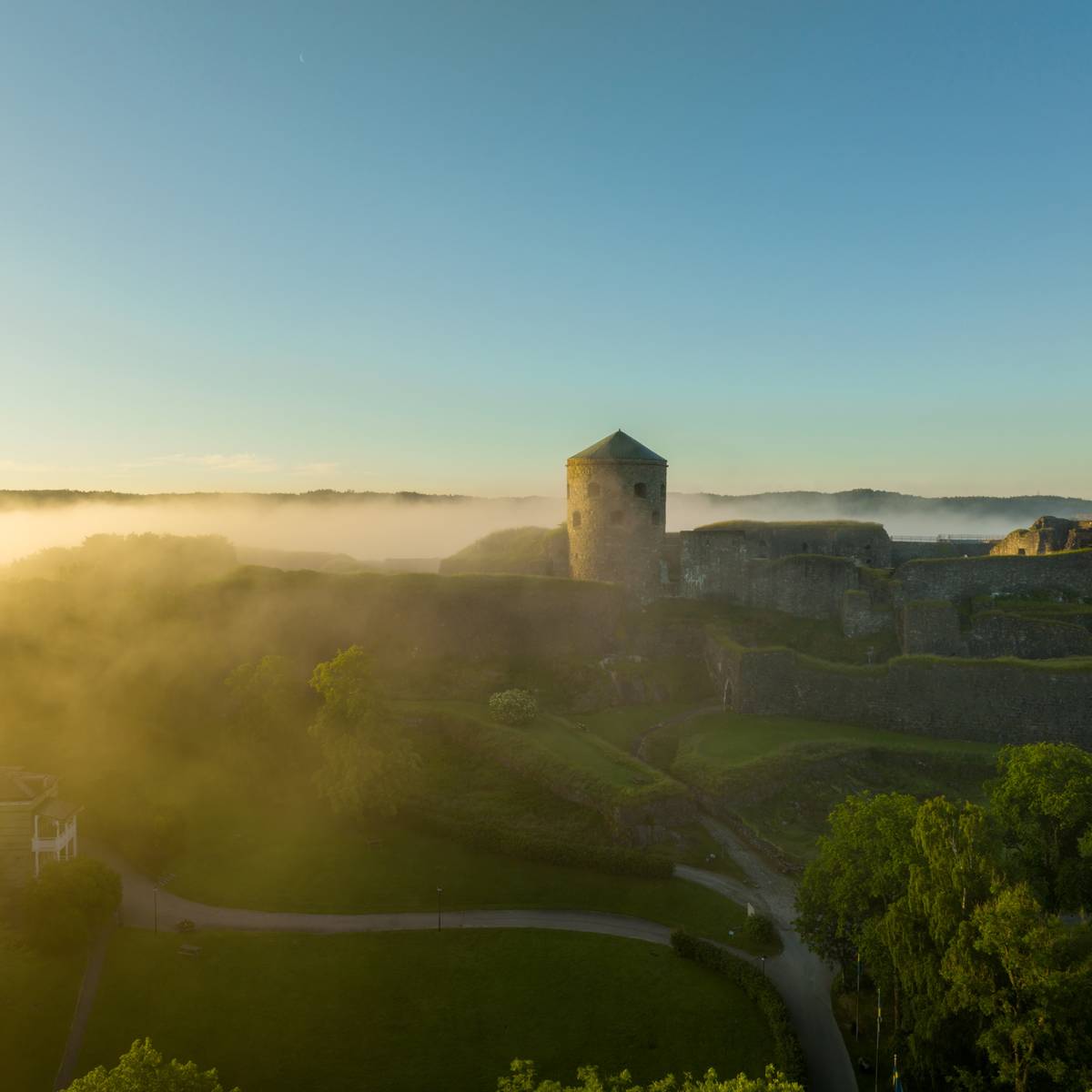Sweden, a northernly situated and geographically elongated country, experiences dramatic variations in daylight. In the far north, the sun doesn’t set at all in June, while darkness prevails around the clock in January.
Meanwhile, in Stockholm, located further south, daylight follows a more balanced rhythm: in January, the sun rises at 8:47 am and sets at 2:55 pm, but in July, it shines from 3:40 am to 10:00 pm.
Time difference
Sweden follows Central European Time (CET), which is one hour ahead of Greenwich Mean Time (GMT).
Daylight saving time
Daylight saving time (set your clock forward one hour) is in effect from the last weekend of March to the last weekend of October. This practice, known as summer time ('sommartid') in Sweden, helps maximise the use of natural daylight during the longer summer days. When clocks are turned back one hour in October, it’s winter time ('vintertid').
When do you adjust your clock in 2025?
In 2025, summer time ('sommartid') begins at 3:00 a.m. (03:00) on Sunday, 30 March, while winter time ('vintertid') starts at 3:00 a.m. (03:00) on Sunday, 26 October.
What is the current time in Sweden?
Here is a helpful link for seeing the current time in Sweden: Current local time in Sweden.
The wonder of daylight extremes: Midnight Sun and Polar Night
In northern Sweden, the Midnight Sun phenomenon occurs between May and July, when the sun never dips below the horizon. This endless daylight allows for late-night hikes, boat rides, and other adventures under a glowing sky.
In contrast, the Polar Night ('polarnatt') during winter brings weeks of continuous darkness. However, the snow-covered landscape shimmers under starlight and the spectacular Northern Lights (aurora borealis), creating an enchanting, once-in-a-lifetime experience.
A national fascination with daylight and weather
Swedes are deeply fascinated with the weather and the changing light throughout the year. It's a frequent topic of conversation, and many locals plan their activities – especially on weekends – around the daylight hours and weather conditions. Whether it's enjoying the light summer nights or seeking cosiness during the dark winter evenings, these seasonal changes are integral to Swedish life.




